Exposure To Toxins And Fatigue
Sometimes tiredness is caused by toxins. What are the signs and symptoms of having toxins in your body, and how can you treat exposure to toxins?
Which toxins cause tiredness?
We live in a polluted world. Some of the many toxic chemicals, which are produced in the industrial society, make their way into our bodies through food, water or the environment generally. Once there, they put a strain on the digestive system, especially the liver, whose function is to remove toxins from the body. If you are additionally stressing your liver by taking alcohol and certain prescription medications as well as eating too much saturated fat and refined sugar, you may find that your liver isn’t functioning well. Fatigue is one of the symptoms of overtaxed liver.
Here are some common toxins:
- Food additives (colorings and flavorings)
- Solvents e.g. cleaning materials
- Formaldehyde
- Tolene
- Benzene
- Pesticides
- Herbicides
- Heavy metals (nickel, cadmium, mercury, lead, arsenic and aluminum)
Signs and symptoms of exposure to toxins
Toxins frequently lead to a sluggish or congested liver. The flow of bile diminishes (a condition known as cholestasis). Beside toxic exposure, there are other causes of cholestasis including: poor diet, diabetes, gallstones, natural and synthetic steroid hormones, pregnancy, and viral hepatitis.
The following are the signs of liver toxicity (and they are quite similar to cholestasis):
- Depression
- Headache
- Mental confusion
- Abnormal nerve reflexes
- Impairment of nervous system functioning
- General feeling of not being well (malaise)
- Fatigue
A number of tests can look for the effects of toxins:
- VCS vision test – this shows how you discern different shades of black and grey and gives an insight into the condition of the nervous system
- Special culture of the nose – this will show if there is colonization with a staph bacteria
- Western blot test for Lyme disease
- Urinary D-glucaric acid test
- Whole blood gluthathione peroxidase test shows the levels of an important nutrient involved in de-toxification
- Formic acid test which shows whether your body is able to de-toxify aldehydes, such as formaldehyde
- Hair mineral analysis assesses level of toxic metals and some trace elements
Treatments
It is a good idea to reduce your exposure to toxins as much as possible. The first step in detoxification is to remove all toxic influence from your environment and food:
- Eliminate molds from the apartment
- Stop using all aerosols, scented items, harsh cleaning agents
- Use a quality air purifier
- Avoid food additives and preservatives
- Drink filtered water
- Stop using cosmetics which contain petrochemicals
- Whenever possible, buy organic food…
There are several treatments for toxicity, including taking Questran powder and fasting:
Detoxification with questran
This treatment involves Questran (cholestyramine) powder. The patient takes it four times a day for a month.
Questran soaks up the neuro-toxins in your bowel, which are then safely excreted with bowel movement. This should not be taken if you have underlying Lyme disease as it may cause a flare-up. In this case, you should first treat the Lyme disease, and only afterwards go on a course of Questran.
The problem with Questran powder is that it will soak everything – the toxins as well as nutrients. So, make sure that you take vitamins, minerals and any other medications first thing in the morning, and wait half an hour before beginning the Questran regime. Constipation may be a side-effect of this treatment, so drink plenty of water and take a high dose of Vitamin C or magnesium.
If the nasal culture is positive for staph bacteria, then a regime of antibiotics is recommended. You should be re-tested a week after finishing the course of antibiotics.
If you are not adequately improved after month on Questran, it may be a good idea to look for allergies, in particular those to gluten or lactose.
Fasting
Another detoxification method is fasting, which is one of the most effective ways of increasing the elimination of toxins and wastes from the body. As this method can release the toxins very rapidly, it is not advisable to fast without medical supervision. It is reasonably safe to go on a juice-only fast, which reduces some of the side-effects associated with total fasting, such as light-headedness, tiredness, low mood and headaches.
In juice fasting, you consume only fresh fruit and vegetable juices for 3 to 6 days, as well as plenty of water. Make sure that you can rest during the fast, as you must give your body as much support as possible. For the same reason avoid exercise at this time. At the end of the fast, gradually re-introduce light food and do not over-eat.

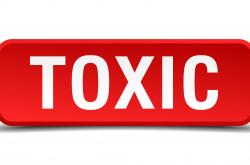
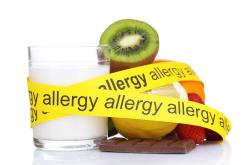



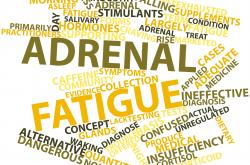



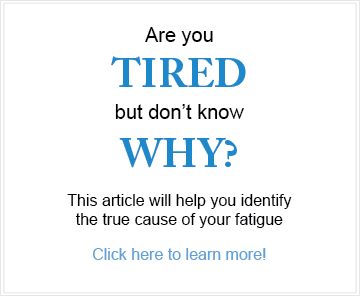
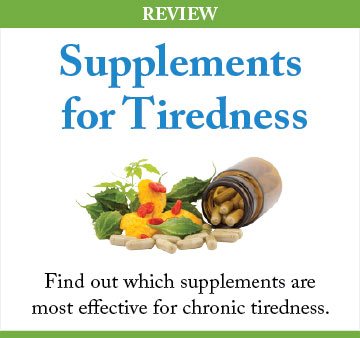
Leave a comment